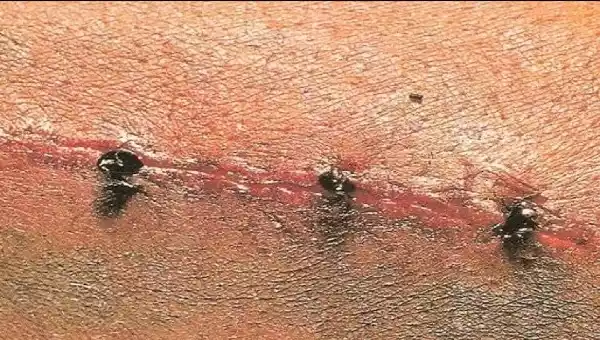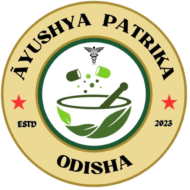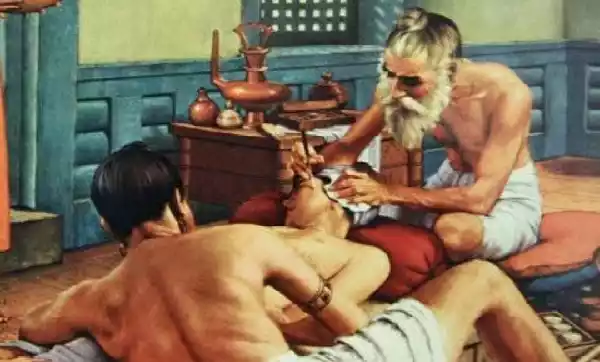
Absorbable Suture in the Vedic Era
Before the British era, Indian surgery held great prominence globally. In addition to introducing Zero (0), Infinity (∞), and Yoga, ancient Indian surgeons, notably Maharishi Sushrut, are revered as pioneers in the field. Maharishi Sushrut is particularly recognized as the father of surgery and plastic surgery.
During that era, absorbable sutures were employed, and the Sushrut Samhita details various suturing materials. One such material was goat intestine, processed into a thread that was absorbable by the body.
Another intriguing method involved ant head suturing. After dressing the wound, the suturing was done by using an ant – it would bite the wound, and its head would be severed. Charak Samhita’s Udara Chikitsa mentions, “छिद्राणी अन्त्रस्य तू स्थूले दंसायित्वा पिपीलीके” indicating the use of an absorbable suture for internal tissue stitching that didn’t require removal.
Over time, absorbable sutures have evolved, now available in forms like catgut. Yet, the contributions of Maharishi Sushrut and Maharishi Charak remain etched in the history of surgery.
By -Dr Sunil Kumar Pradhan



